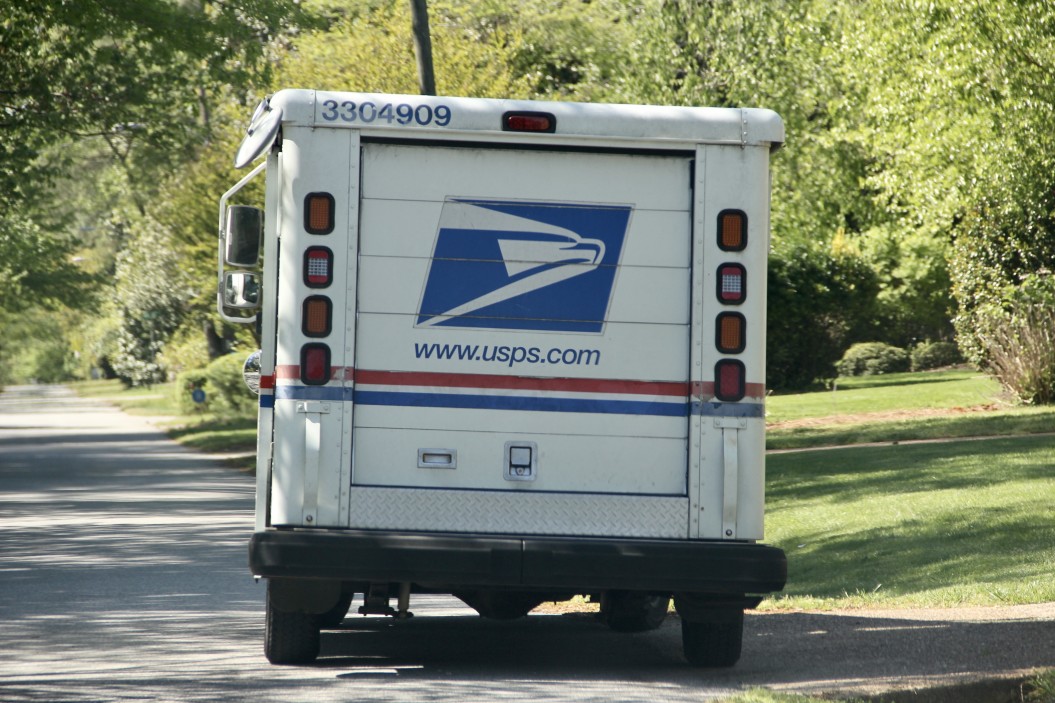Each and every day, the USPS handle hundreds of millions is of mail. And while a significant amount of that mail is packaged in envelopes (or relatively compact), the USPS mail service also handles millions and millions of packages on a day-to-day basis. Because of the experience (and the logistical mastery) United States Postal Service people trust the USPS to get their boxes where they need to go safely, securely, and (relatively) inexpensively. At the same time, not everyone has shipped a package via USPS in the past and may not know exactly how to go through the process. Figuring out how to ship a package at the post office isn’t something taught at school, after all. In the rest of this detailed guide, we break down (almost) everything you need to know about sending your package through the mail.
We cover the basics of how to appropriately size your package, how to pack and secure your package, how to choose the right delivery speed and service through the USPS, and a handful of other important details you’ll want to know about before you jump right in. Let’s get started, shall we?
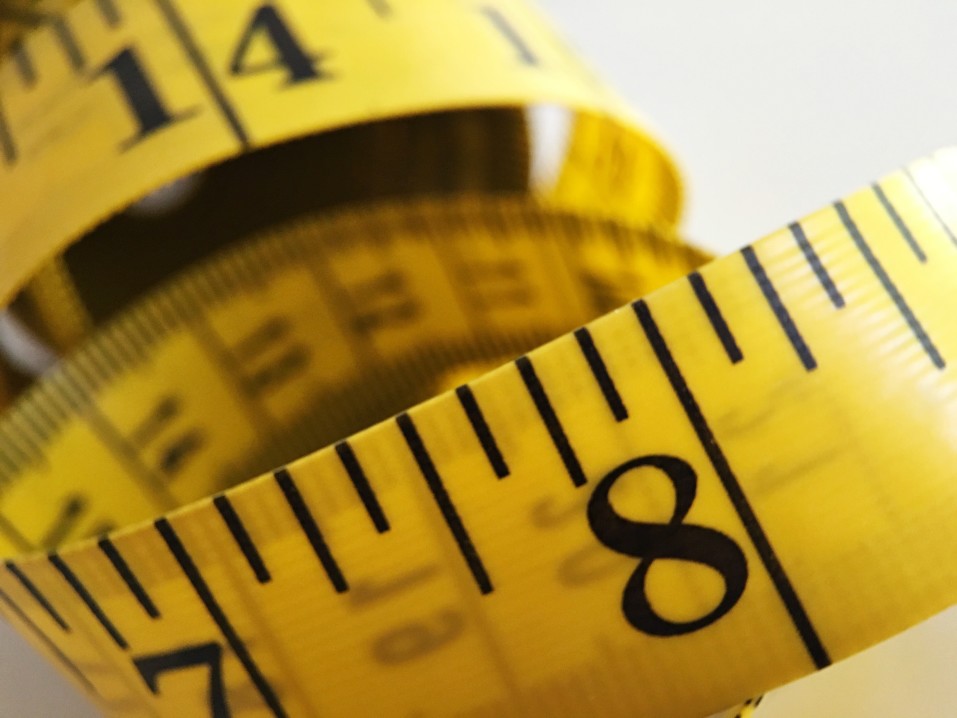
Measure the Stuff You Want to Send
The very first thing you have to do when sending a package via the USPS is make sure that what you’re looking to send can be sent – and then you need to know how big all of it is so that you can find the right boxes. For starters, there are a whole list of things that the USPS will NOT let you send through the mail. Some of them are pretty obvious – we’re talking about things like firearms and drugs – but some of them aren’t. Thankfully, there’s a large list of the prohibited items available for you on the USPS website. It’s a good idea to pop on over there and have a look at what they have to say before you start boxing anything up. This list is always being updated on a regular basis, sometimes with things being added and sometimes with things being removed. You’ll want to make sure you’re in full compliance of the rules before anything gets sent.
After that, you need to size items you’re going to be sending through the USPS as well. A quick, rough measurement is all that’s needed as far as the actual dimensions of your is are concerned. It might not be a bad idea to actually weigh out everything that you are looking to send, either. This will give you a better idea of how much you might have to pay in shipping costs (most of it is handled by weight through the USPS) so that you can find the right delivery service moving forward, too.
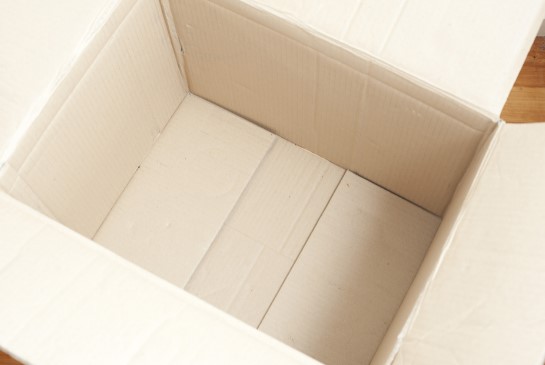
Find the Right Box
The next piece of the puzzle is actually finding the right box to send your stuff in. There are an unlimited amount of choices here for you to sift through, so make sure you know what you’re getting into when you start you search. Some folks are going to be ok sending things in a cardboard box without a lot of padding, others are going to want to send the equivalent of a bank vault, and most are going to want to try and land somewhere in the middle.
Thing about how and what you’re sending to choose the right box. This is the only thing that your package is going to be contained within when you zip it off, and if it isn’t safe and secure you might not be happy with the results. The USPS provides plenty of 100% free (or close to it) packing supplies, too. It’s never a bad idea to see if they have can offer some help to get your package where it needs to go safely. At the very least they’ll be able to give you a thumbs up or a thumbs down about it’s odds of survival in transit – and then you can make the necessary adjustments to your boxing and packaging from there. Use a lot of tape, too! Finally, it’s important that you do your level best to remove any and all old shipping labels on boxes that you are reusing. You don’t want the USPS to fight to find the shipping details or to potential gum up the logistics of your package as it moves through the USPS system.

Pack Smartly
Packing smart is a huge part of safe shipping. Not only should you choose a box that is slightly larger than the things you’re shipping, but you also want to make sure there’s room to accommodate almost too much packing material – peanuts, foam, etc. Depending on the fragility of what you’re sending, you may have to really overload the box itself with packing stuff to keep it safe. In that case, bump up a size or two (or more) to fi the material. It’s always better to splurge a little on packing peanuts than to have something broken in transit.
Remember this – the folks at USPS are going to be really careful with your things, but they’ll never be as careful as you would be. Things are (inevitably) going to get tossed around a bit. Expect that, plan for that, and do what you can to make sure that those situations won’t ruin whatever it is you are dropping into the mail.
A cool little trick that a lot of people are doing now is to include shipping info inside of the box as well. This is just incase something gets compromised along the way. Should the box open or break, at least the people at USPS will still know where your item needs to go without having to reroute it all the way back to you (and probably charging you along the way, too). If you’ve got any concerns about the packing job you’ve done, or are unsure of whether you need to do a little more, don’t hesitate to ask someone at the post office. They see and move all kinds of packages everyday – they’ll be able to help!
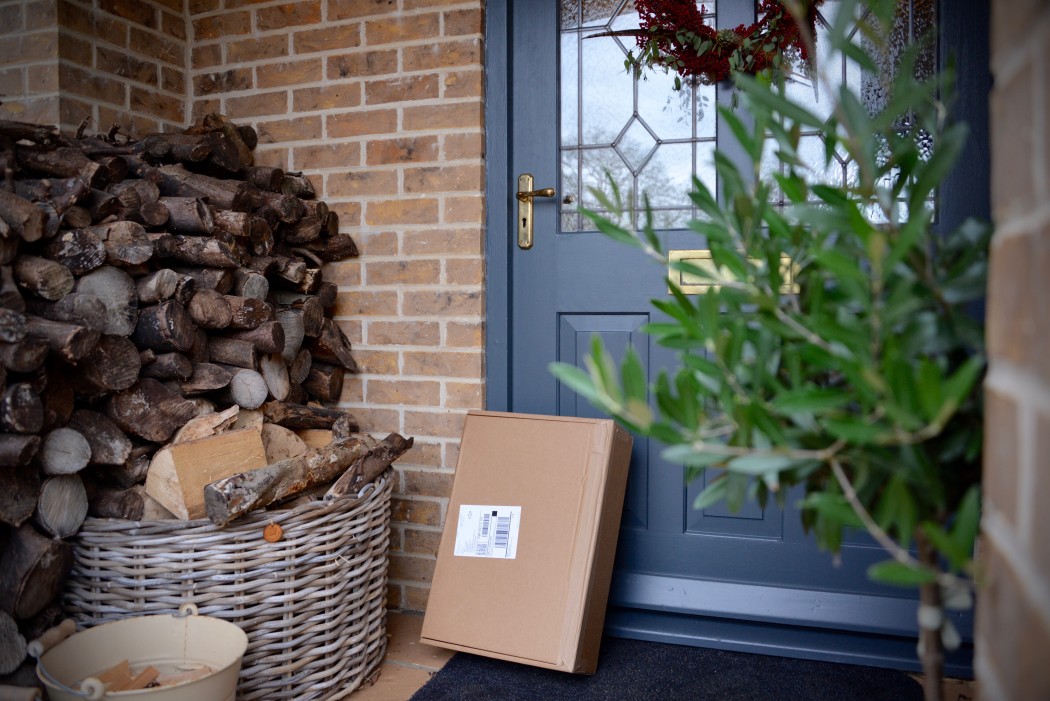
Address Your Parcel
One of the easiest ways to handle the addressing of your package is to go on the USPS website, input all the delivery information, and have them print a label for you. This eliminates the need to make sure everything is done to their specifications as well as eliminating the need for you to write or draw on the box. You don’t even need a printer if you go down that route!
Alternatively, you can fill out the form online and then print it out yourself. This is also pretty quick (provided you’ve got a black and white printer at the house) and is super easy. Follow the same steps as above but instead of having the label printed at the post office choose to have it printed at home. If you are going to DIY a label (not even using the USPS website, but creating it all by hand then you’re going to want to make sure that you use the same standard you would use if you were addressing out an envelope.
The USPS does recommend that you use permanent ink (not pencil), that you print boldly, and that you try and take your time to make it as legible as possible. Really try not to rush or to scribble. If there’s any confusion at all the folks at the post office will usually ask for clarification but this still isn’t something you want to leave to chance. Be clear and explicit with where and who you want this package to go to. It’s equally as important that you remember to include your own return address on the box as well. You’d be shocked at the amount of people that don’t include this critical info and then wonder why they haven’t had their package delivered or returned to them. Avoid those kinds of unpleasant situations at all costs by filling out as much information on the label as possible. The more data you offer, the better your odds of that package getting to its final destination without trouble somewhere along the way.
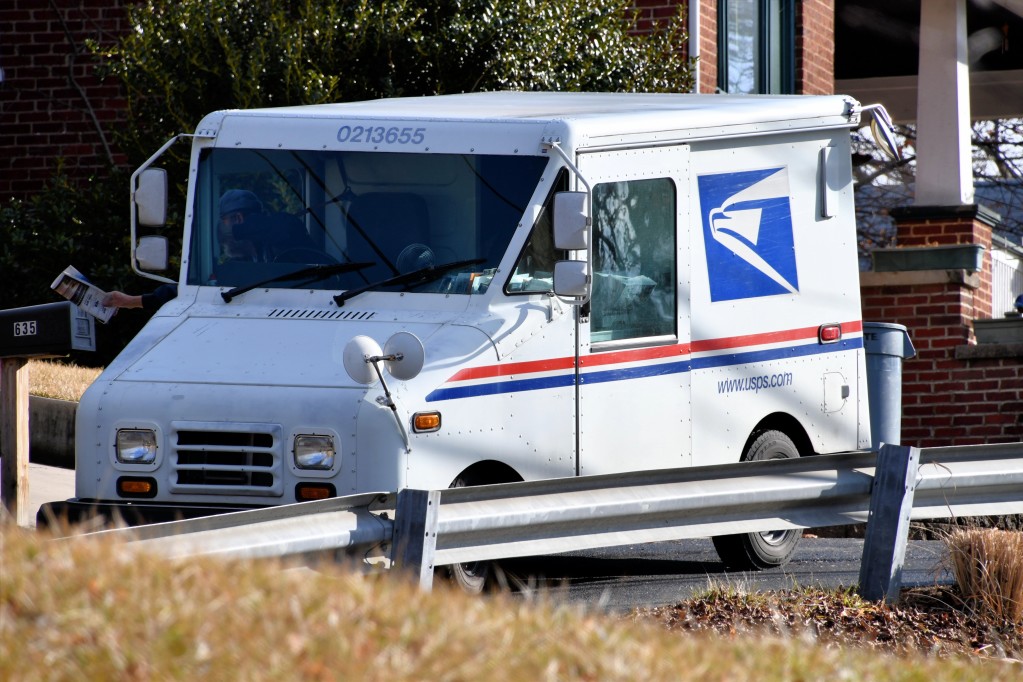
Choose the Right Mail Solution
Sending your package via the USPS opens up a lot of opportunity to save money compared to many other services out there – but there are a lot of shipping options to sift through with the USPS as well. The best shipping solution for your might not always be the most economical, especially when speed is important. As a general rule, expect your shipping choice to get more and more expensive the sooner your package would arrive. There are some other things you need to think about before you send your box via the mail, too, though. For example, the size of your box and the weight will have a big impact. Ground shipping won’t be that much for big, heavy boxes. But if you sent that via air freight – or had to have it somewhere in a couple of days – you’d want to expect a hefty shipping bill.
The destination for your package will inform its shipping speed and price, too. For example, if you lived in New York and only needed a box sent down the road – or across the state – you wouldn’t spend near as much as if you sent that same box to California. You’d spend even more (a lot more) to send it to Alaska or Hawaii and even more than that sending it overseas! Any time you add on different tracking options, insurance, and similar services from the USPS the price jumps, too. The good thing here though is that you get to pick and choose how much of these services you want – or want to ignore. You’re always in the driver’s seat. You could send a barebones box the slowest route possible and save a bundle or you could send a refrigerator to the North Pole overnight and spend a mint. Its up to you!
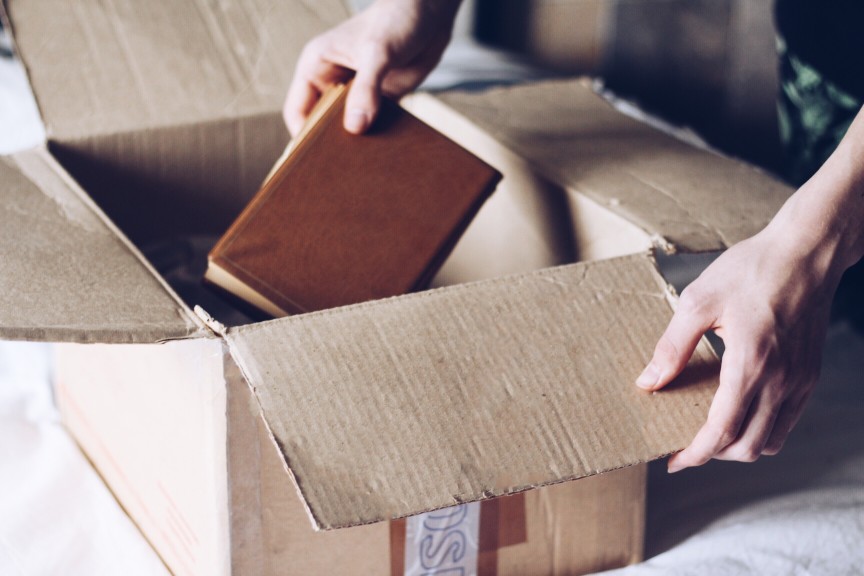
USPS – How to Ship a Package
The last piece of the puzzle here is decided how you want to actual ship the package itself. USPS offers a couple of different options but none are as simple as going to a local post office and dropping the box off yourself. This is easy, hassle free, and (usually) can be done any time, day or night with the package drop off box. It doesn’t get a whole lot simpler to figure out how to ship a package through USPS than that. You could also arrange to have your package picked up by the local post office, but some areas of service do not have this option. It’s something you’d have to look into yourself.
Lastly, you could go to any different number of affiliated third party shops or services and see if they would bring it to the post office for you. That’s a road to go down, but it’s usually more expensive and time consuming.
At the end of the day, the best alternative might be to take advantage of all that US Global Mail has to offer when it comes to figuring out how to ship a package from home. One of the best Virtual Mailbox services in the country, this reputable organization handles millions of pieces of mail for folks all over the nation every day. They can help you figure out how to ship a package international and domestically, too!
Providing a range of mail services – from scanning and sorting to forwarding, accepting, and holding mail (and much more) their reputation in the industry is why so many choose this service time and time again. For more details, visit the US Global Mail website when you get a chance. They’ll be able to help you navigate the package delivery process with as little headache and hassle as possible.

